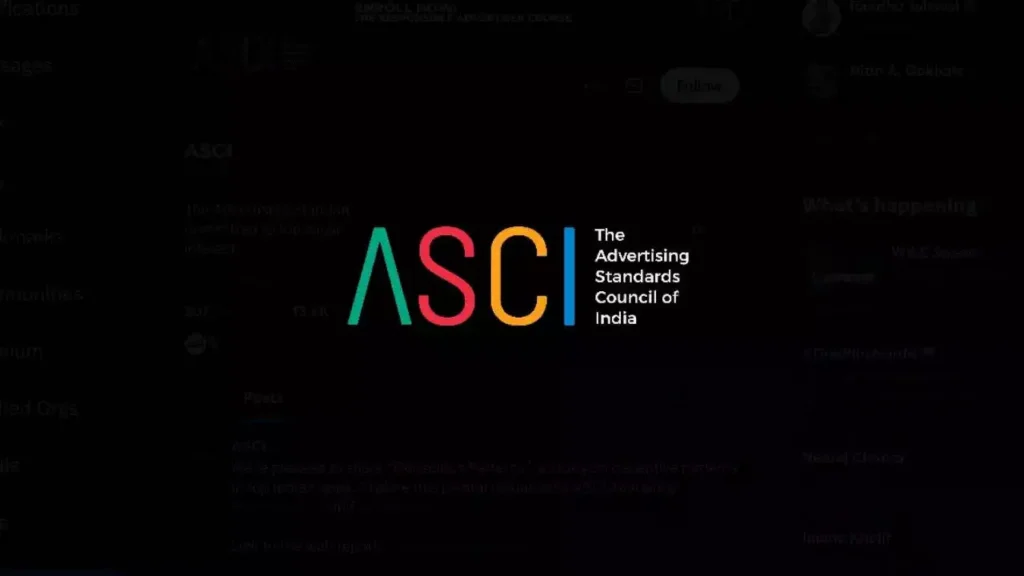A report by the Advertising Standards Council of India (ASCI) titled “Conscious Patterns” highlights that nearly all Indian apps employ these deceptive design practices (also known as ‘dark patterns’).
- This leads to financial losses, data breaches, and compromised privacy for users.
About Dark Patterns:
- Dark Patterns refer to deceptive design strategies that manipulate user interfaces to induce unintended actions, compromising consumer rights and constituting unfair trade practices.
Types of Dark Patterns:
- False Urgency: Creates a sense of artificial pressure to act quickly (e.g., only a few items left).
- Basket Sneaking: Adds unwanted items to a shopping cart during checkout without user consent.
- Confirm Shaming: Uses fear, shame, or guilt to manipulate users into making a purchase (e.g., choice between upgrading now or opting out as ‘I don’t want smarter software’).
- Forced Action: Requires additional unrelated purchases or sign-ups.
- Subscription Trap: Makes it difficult and time-consuming to cancel subscriptions.
- Interface Interference: Deliberately confuses users to misdirect their actions (e.g., unlocking cashback by misleading steps).
- Bait and Switch: Promises one outcome but delivers an inferior alternative.
- Drip Pricing: Initially hides fees, revealing the full, higher price only after purchase (e.g., adding packaging charges last).
- Disguised Advertisement: Camouflages ads as other content types.
- Nagging: Bombards users with irrelevant requests or information.
- Privacy Deception: Tricks users into sharing more personal data than intended (e.g., enabling location tracking without clear consent).
Impact and Regulatory Actions:
- In response, the ASCI and the Department of Consumer Affairs issued guidelines in 2023 to prevent and regulate deceptive design patterns.
- To support the creation of more ethical digital products, a ‘Conscious Pattern Website’ has been established, promoting the development of Digitally Conscious Products and fostering informed consumer choices online.
Ref: Source
| UPSC IAS Preparation Resources | |
| Current Affairs Analysis | Topperspedia |
| GS Shots | Simply Explained |
| Daily Flash Cards | Daily Quiz |
Frequently Asked Question:
What is Confirm Shaming?
Confirm Shaming uses fear, shame, or guilt to manipulate users into making a purchase, such as offering the choice between upgrading now or opting out with a negative statement like “I don’t want smarter software.”
What is Basket Sneaking?
Basket Sneaking adds unwanted items to a shopping cart during checkout without the user’s consent, often increasing the final cost and potentially tricking users into purchasing items they did not intend to buy.



